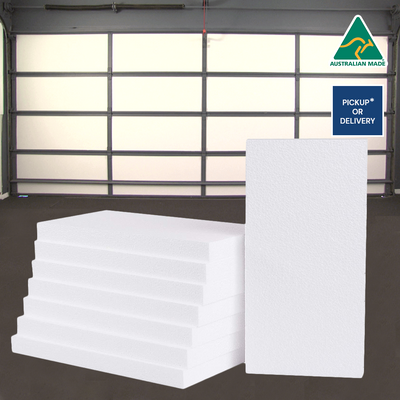Foilboard insulation is a type of insulation that is commonly used in residential and commercial buildings to reduce heat transfer and improve energy efficiency. It consists of a layer of foam insulation, typically made of expanded polystyrene (EPS), with a reflective foil facing on one or both sides. The foil facing reflects radiant heat, helping to keep the building cool in the summer and warm in the winter. To know more about foilboard insulation service you can also check this site.

How Does Foilboard Insulation Work?
Foilboard insulation works by reducing heat transfer through a combination of conduction, convection, and radiation. Conduction is the transfer of heat through solid materials, such as the walls and roof of a building. Foilboard insulation helps to reduce conduction by providing a layer of insulation that is resistant to heat transfer.
The Benefits of Foilboard Insulation
There are several benefits to using foilboard insulation in buildings. One of the main benefits is its high thermal performance. Foilboard insulation can significantly reduce heat transfer, helping to keep buildings comfortable and energy efficient. It can also help to reduce heating and cooling costs by minimizing the need for artificial heating or cooling.
Foilboard Insulation and Sustainability
Foilboard insulation is also a sustainable choice for insulation. The foam insulation core of foilboard is typically made from expanded polystyrene (EPS), which is a recyclable material. This means that at the end of its useful life, the insulation can be recycled and used to make new products.
Considerations When Using Foilboard Insulation
While foilboard insulation offers many benefits, there are some considerations to keep in mind when using it. One consideration is the cost. Foilboard insulation can be more expensive than other types of insulation, such as fiberglass or cellulose. However, it is important to consider the long-term energy savings and other benefits that foilboard insulation can provide.